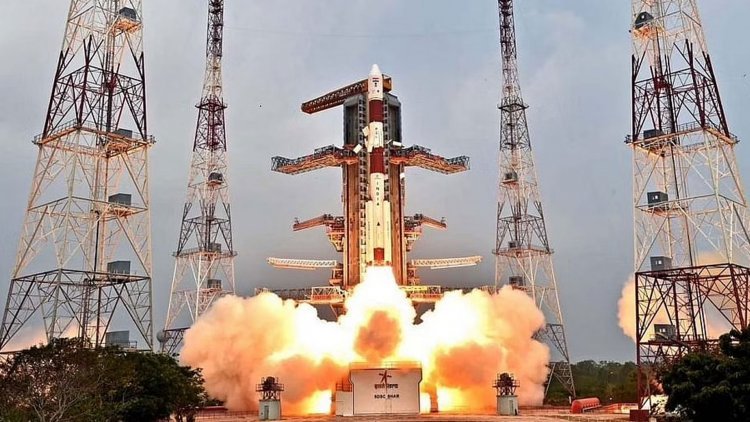Indian human space flight to launch by the end of 2024 or early 2025, according to a top official from ISRO
The projected manned space voyage will cover a distance of 400 kilometres from Earth and last two to three days, according to R Umamaheshwaran, head of the Human Space Flight Centre (HSFC).

R Umamaheshwaran, director of ISRO's Human Space Flight Centre (HSFC), stated on October 27 that the Indian Space Research Organization (ISRO) is hoping to demonstrate the capabilities of its Gaganyaan mission by the end of 2023 before moving forward with India's first manned space mission by the end of 2024 or early 2025.
Umamaheshwaran revealed that the proposed manned space voyage will go a distance of 400 km from Earth and last two to three days while speaking on the second day of the India Space Congress in New Delhi.
Four individuals who have already finished their initial training and are presently receiving additional training at the Astronaut Training Facility in Bengaluru have been shortlisted. stated Umamaheshwaran.
Four are undergoing training. Test pilots from the Air Force are our main target. They are trained to respond, and they are much more attuned to difficult circumstances," Umamaheshwaran told reporters outside the event.
The launch vehicle that will carry the astronauts to a distance of 400 km is almost ready, according to the HSFC director, and all tests have been finished.
"Designs have been finished for the crew module, which is where humans would sit and fly. And the application phase is right now. It will be prepared in three to six months, he said.
The environmental control system, which will provide ambient conditions for astronauts to survive, is currently being developed by the HSFC.
"We have made the decision to handle that on our own. This design is nearing completion. We must put everything to the test and show that it is secure. The crew must remain secure. That is crucial, he declared.
Around 16 to 17 tests must be completed before the unmanned test flight is launched at the end of 2023, Umamaheshwaran added. One of these tests will look at the operation of the launch vehicle's escape system.
"A test vehicle, which is the GSLV's upgraded liquid stage, will ascend to a height of 15 to 20 km. The crew escape device will then be tested at various altitudes once we create failure, he continued.
The Gaganyaan expedition, which was conceived in 2007, has been delayed for a number of reasons, ranging from technological — such working on crew escape system technologies — to obstacles brought on by the Covid-19 epidemic.
In addition, Umamaheshwaran stated that plans were being made to launch the Indian Space Station by 2030–35. The Next Generation Mission Vehicle (NGLV), which ISRO is currently developing for use in that launch, is anticipated to be completed by 2030.




 admin
admin 



















